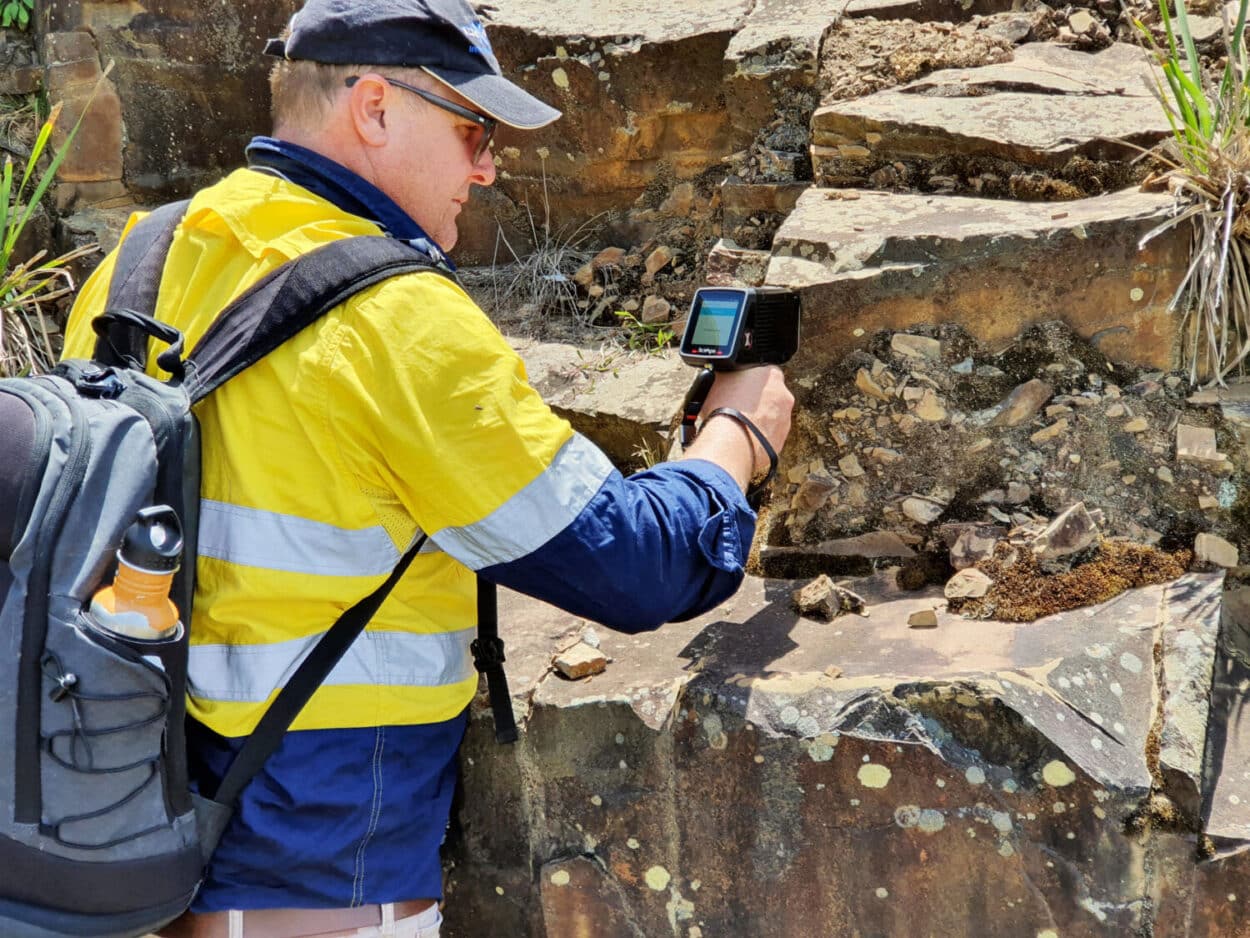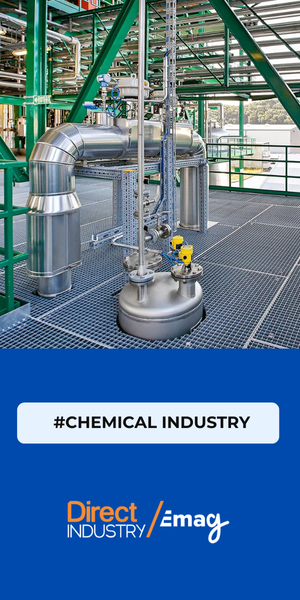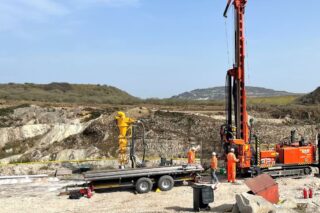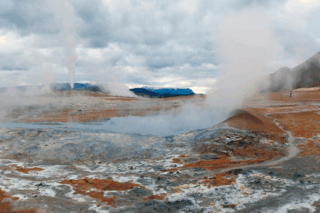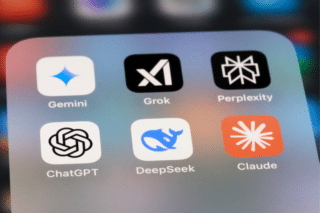Developed by the American company SciAps and sold by French distributor Quantum-RX, the Z-901 lithium is the first portable LIBS instrument capable of instantly identifying the presence of lithium in brine, rocks (pegmatite), clay, and minerals (micas).
The search for lithium is becoming an important economic issue for many countries, especially with the growing need for rechargeable batteries for the electric car industry. Europe has recently entered the race for the new white gold and counting on its soil to be able to develop a sustainable lithium industry that will enable the energy transition to electric vehicles.
RELATED ARTICLE
It is in this context that the distributor Quantum-RX has announced the launch of the Z-901 lithium analyzer specially designed to measure lithium in rocks, ores, powders, and brine. This instrument is manufactured by SciAps which specializes in the production of durable handheld LIBS and XRF Analyzers.
We spoke to Joël Chevalier, CEO of Quantum-RX:
“Z-901 lithium is an optical emission spectrometry device which uses a laser and is dedicated to lithium. Geologists generally use portable XRF equipment. But these instruments do not analyze light elements like carbon, beryllium, and lithium. So to identify possible deposit sources, geologists need to take samples and analyze them in the laboratory because there are no affordable portable devices. This is why we asked SciAps to develop a cheaper and simpler instrument dedicated to lithium because we based our work on our customers’ field reports.”
“An Addition to the Geologist’s Toolkit”
Quantum-RX already sells devices containing several spectrometers. The Z-903 range, for example, has 3 spectrometers allowing it to identify all the elements of the periodic table. But such devices are therefore much more expensive. The Z-901 range contains only one spectrometer making it more cost-effective.
“We wanted an affordable, lightweight, single-spectrometer instrument dedicated to lithium. This meets the needs of many customers who already have XRF instruments for analyzing many elements but don’t necessarily have the budget to buy a high-end LIBS. This new instrument is an addition to the geologist’s toolkit.”
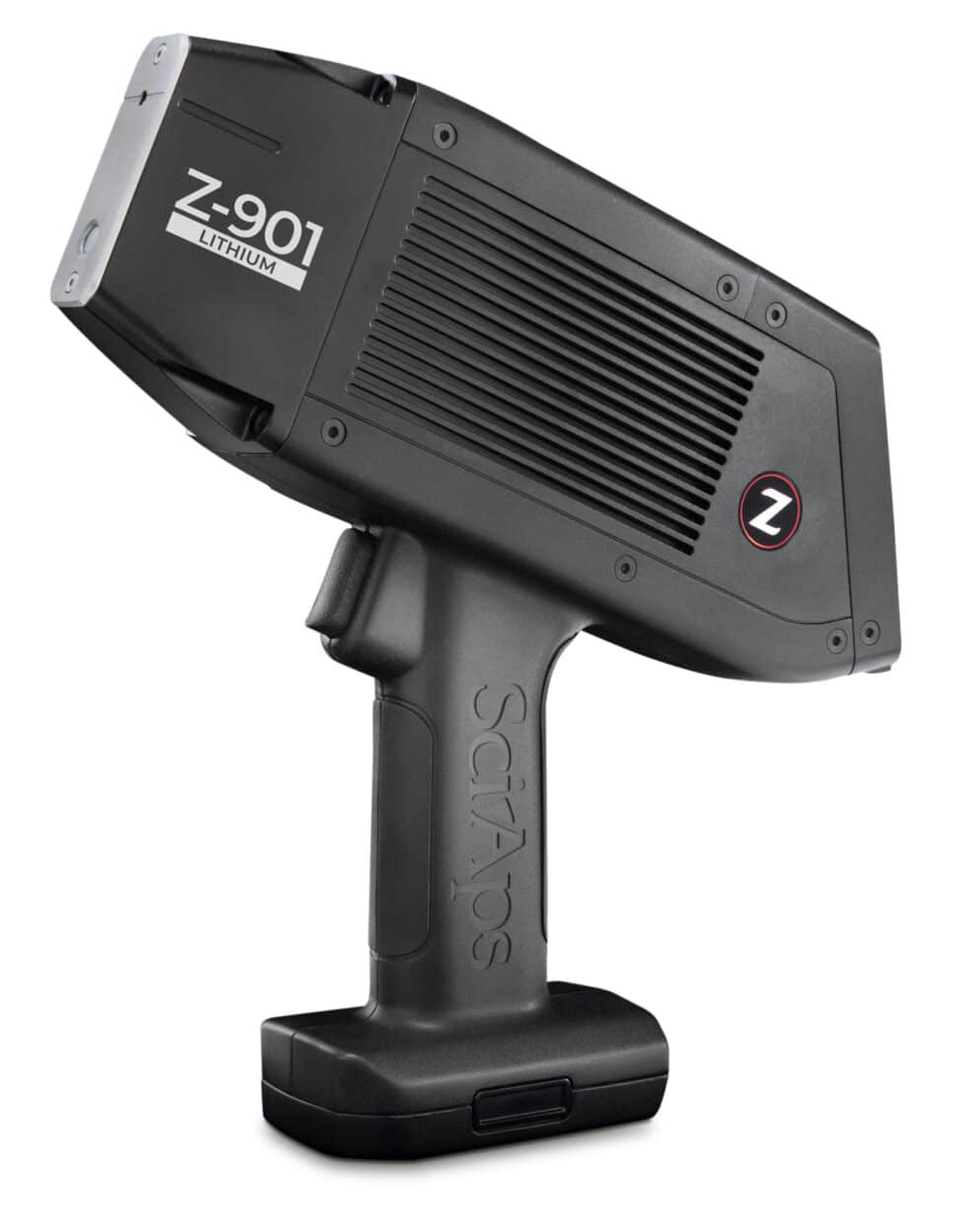
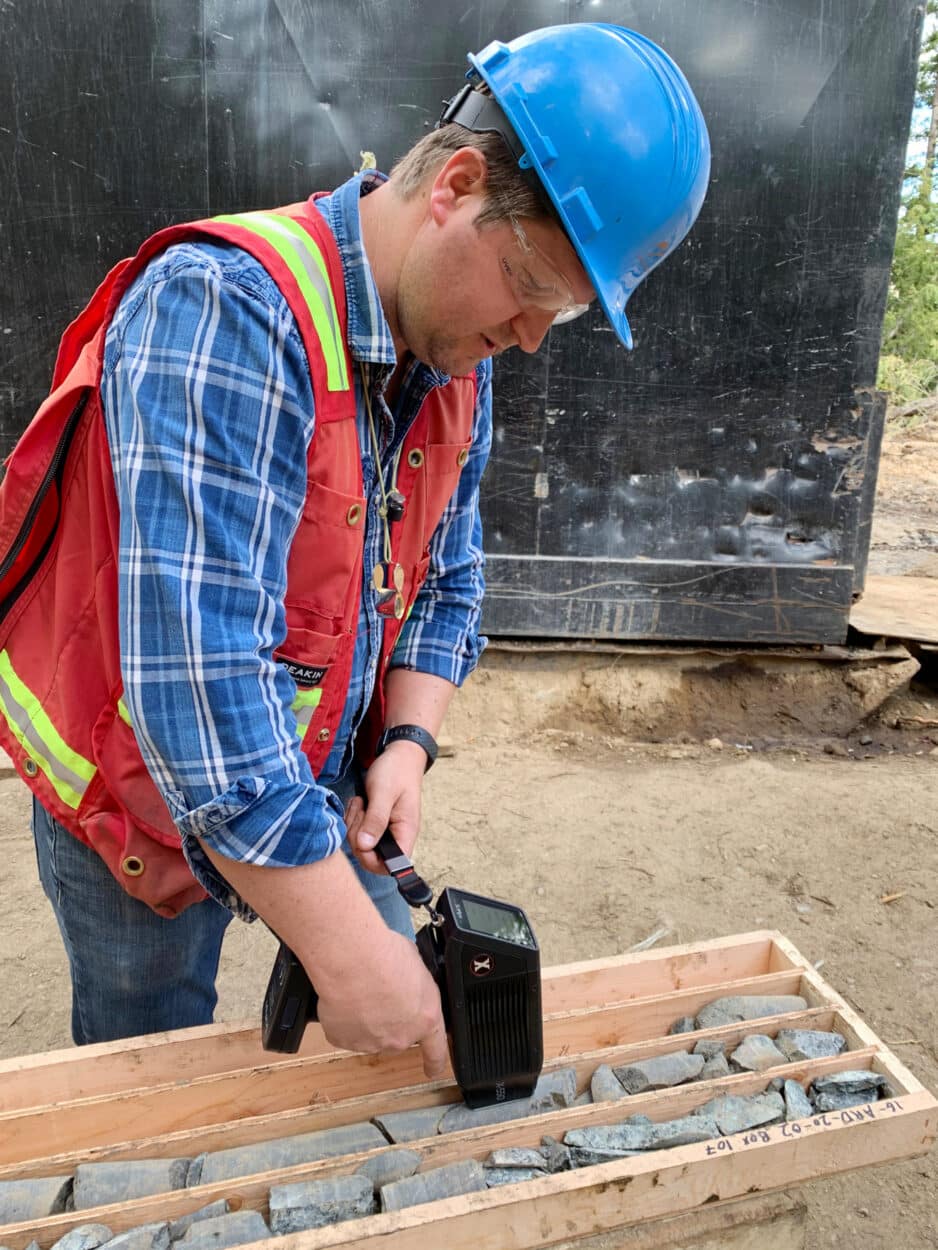
The device weighs less than 2 kg and costs around €40,000 while other LIBS devices are around €50-55,000.
The device allows for semi-quantitative analysis and allows you to see in real time if there is 10 ppm of lithium or 1.2% of lithium. The analysis range is 350-675 nm. It can also analyze other elements such as boron, magnesium, calcium, and potassium and in this case, the analysis range is 210 nm. The device works with rocks, brine, and clay.
“The analysis surface is a few mm². It is necessary to make a small laser scan during the measurement to avoid problems of homogeneity. Then you just have to press the trigger and you have the result in real-time. This is point and shoot.”
On the back of the unit, a high brightness color touch screen displays the analysis results in real-time. All analysis data are recorded.
The device is also equipped with 2 cameras: one allows you to take pictures of the analyzed area. This is interesting when you are faced with heterogeneous samples. The other one allows you to take wide shots of the rock, to record the place where you are in addition to the GPS.
The device runs on Android so it has native Wifi and Bluetooth. A GPS can also be connected by Bluetooth so that each analysis corresponds to the right GPS coordinates.
The device is equipped with 2 batteries for 8 hours of autonomy. Its solid aluminum case also allows it to be used in extreme conditions. Its conical and narrow snout also allows it to access difficult places.
Applications: Prospecting and Production
This handheld device could have tremendous applications in remote prospecting areas like in Africa, according to Mr. Chevalier:
“When you’re in the DRC or Nigeria and you have to take samples and send them to the lab, it can take weeks or months. So having an answer right away in the field can validate or invalidate the hypotheses of geologists in the field, and that is very important.”
The device is not only of interest for prospecting but also for production.
“In any mining application, field geologists need real-time data to know the variations on the veins, so they don’t take samples if the grade is below thresholds which would disrupt production. There is no doubt that the lithium mines that are going to open in France and in Europe are going to need this field equipment to help them make decisions.”
Commercially launched two weeks ago, the Z-901 lithium can be purchased directly from Quantum-XR.
